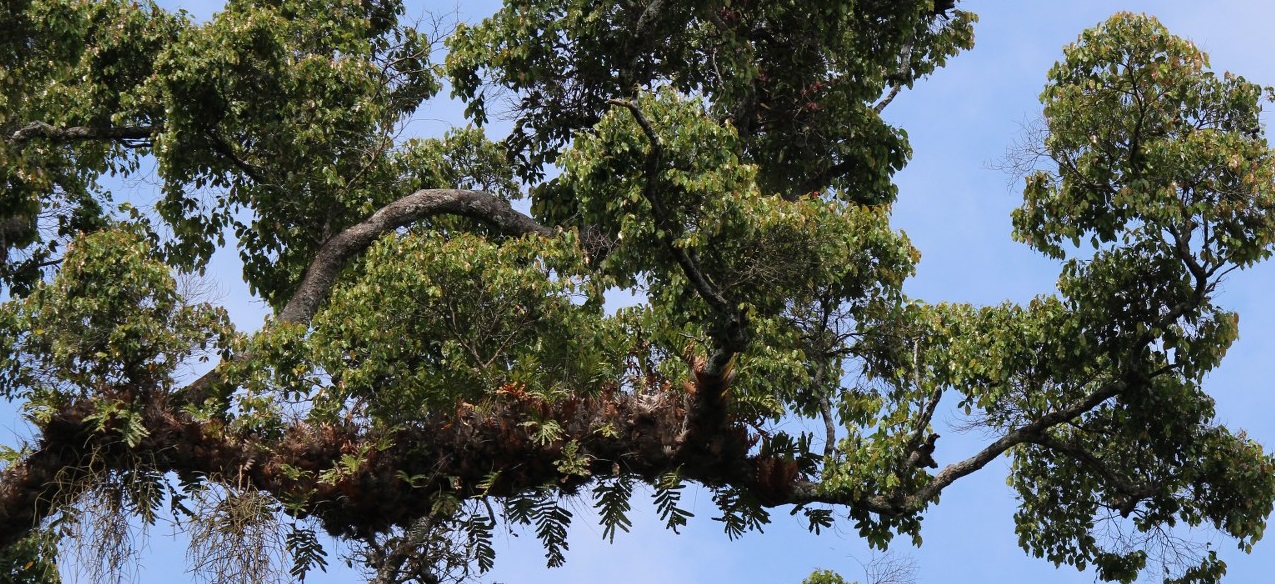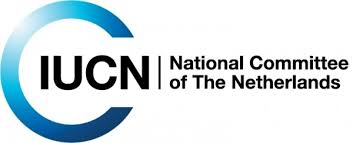Hope for the forest
In 2012, a three-year programme – Atewa Critical Conservation Action Programme (ACCAP) – funded by A.G. Leventis Foundation was initiated in a bid to lessen these threats. The programme carried out significant awareness-raising and advocacy activities which resulted in greater international as well as local visibility of the threats to Atewa. As a result, a conservation strategy that fosters long-term actions for the protection of Atewa Forest and its watershed catchments has been facilitated. Significantly, the work undertaken by A Rocha under ACCAP has leveraged support, participation and funding from other agencies for the conservation of Atewa Forest in particular in working with IUCN Netherlands in a major Dutch-funded programme entitled Living Waters from the Mountain: protecting the Atewa Water Resources. Support from the Dutch Government has enabled A Rocha run a substantial public campaign for the protection of Atewa, urging the government to set the forest aside from bauxite mining plans and instead make it a National Park.
Please sign our petition urging the President of Ghana to make Atewa a National Park and protect it from bauxite mining here.
You can read more about getting involved in the campaign here.
Update from 19 October 2021
In November 2020 the International Union for Conservation of Nature passed a motion calling on the Government of Ghana to stop their plans to mine bauxite in Atewa and instead to make it a National Park. You can read the resulting resolution here.
In February 2020 a group of international aluminium using companies – including BMW Group, Tetra Pak and Schueco International – wrote to local community groups around Atewa who are opposed to bauxite mining, expressing their concern about the mining plans and showing their support for calls to save Atewa. More here.
Atewa Forest has recently been listed as a Key Biodiversity Area meeting the criteria for an Alliance for Zero Extinction site. This is on the basis of the forest holding almost the entire global population of the Critically Endangered Afia Birago Puddle Frog. AZE status puts the forest off limits to economic development according to international investment standards. See here.
A recent scientific paper describes a species of slippery frog found in Atewa as a species new to science. It was initially thought to be the Togo Slippery Frog Conraua derooi but careful study has now revealed that it is quite distinct from that species and has been named the Atewa Slippery Frog Conraua sagyimase in honour of the local community that has been supporting its conservation. See here.
Update from 4 May 2020
On the 29th April 2020 A Rocha Ghana signed a letter written to China’s Minister of Commerce along with 259 other civil society organisations, urging China not to prop up environmentally and socially damaging projects around the world which are threatened by the impacts of the COVID-19 pandemic. Bauxite mining in Atewa Forest is listed amongst 60 of the worst Belt and Road Initiative projects highlighted in the letter.
Update from 6 January 2020
In May 2019 the Goverment of Ghana, through its agency the Ghana Integrated Aluminium Development Authority (GIADEC) started clearing roads in the forest to undertake exploratory drilling for bauxite (see our report here). In December 2019 the Government of Ghana showed a map showing the extent of the exploratory drilling that they have been undertaking in Atewa forest. This is far more extensive than we feared and accounts for a large percentage of the forested area above 750 m altitude (the critical area for biodiversity). You can see a version of this map here and here.
A revision to the IUCN Redlist in December 2019 changed the threat category for a number of species found in Atewa. Two primates were uplisted to Critically Endangered, another two were uplisted to Vulnerable. White-bellied Pangolin is uplisted to Endangered and Afia Birago Puddle Frog is newly listed, as Critically Endangered. There are now 5 Critically Endangered species listed by IUCN that have been recorded in Atewa, and two more that are expected to qualify at this level.






